There have been bigamists since the earliest marriage ceremonies. Men, and sometimes women, who married another partner while they were still officially married to someone else. This post looks at why bigamy is important in genealogy research. It also looks at how you can find a bigamist in your own family tree.
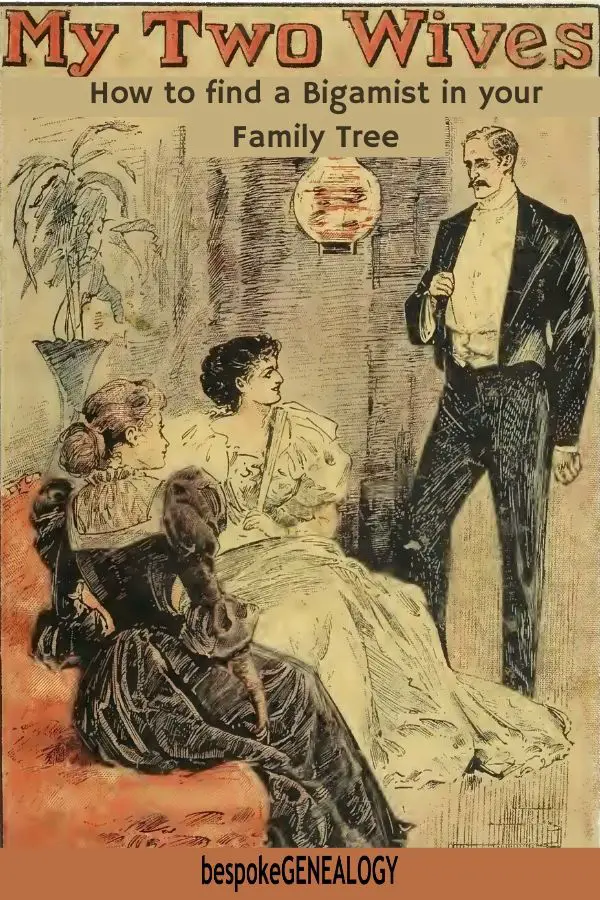
This article looks at examples from the UK, but the same principles apply in most countries.
Why did bigamy happen and how common was it?
In Great Britain before 1858, it was almost impossible for the vast majority of the population to divorce their spouse. Until this date, it required an Act of Parliament for a couple to obtain a legal separation. This effectively meant that this option was only open to the aristocracy. The Matrimonial Causes Act of 1857 (which came into force the following year) theoretically opened up divorce to the whole population. It allowed for legal separation on the grounds of adultery, cruelty or desertion.
In practice however, the Act meant that getting a divorce was very expensive as the grounds had to be proved in court. This meant that only the wealthy could afford to legally separate. It wasn’t until well into the 20th century, following a series of Acts of Parliament (1937-1973) that divorce could be obtained relatively easily and cheaply.
THE BRIGHTON BIGAMY CASE
The trial of James Malcolm for bigamy, in marrying Miss Dash at Brighton, was concluded at the Old Bailey on Saturday. Mr. Justice Field, having summed up the evidence, the jury found the prisoner guilty, and he was sentenced to seven years penal servitude.
Burnley Express 31 October 1885
As divorce was not open to the masses, desertion seemed to have been quite common, with the husband walking out on the wife and any children. Typically, he would “marry” another woman in another part of the country. Sometimes soldiers would “marry” different women in different towns or even countries.
Judging by newspaper reports, most bigamists were men. However, it was not uncommon for women to also commit bigamy. In the 19th century and earlier, men were almost always the bread winner. So, if a husband disappeared, the woman was left without an income. Many women assumed the husband was dead if she hadn’t heard from him for a long time, especially if he was in the army. She would then remarry. If the first husband then reappeared, this would often lead to a court case.
It’s difficult to say exactly how common bigamy was. However, if you search for “bigamy” on the British Newspaper Archive website, you’ll get more than 300,000 results. Most of these reports are for bigamy court cases between 1710 and 1965. There are probably many bigamists who were never found out, especially before the days of the telegram. Bigamy was therefore relatively common and you will likely find several cases each year in the county courts.
BIGAMY AND BIGAMY
At Liverpool Assizes yesterday, before Mr Justice Darling, a cabinet-maker named Geo. Lawton pleaded guilty to having gone through the form of marriage with three women whilst his wife was alive. Prisoner had also been engaged to several other women, chiefly servant girls. In a long defence prisoner stated that he had been a church official and a bell ringer, which drew from his lordship the remark that he was well acquainted with the fact that marriage was peculiarly sacred. He was sent to penal servitude for three years.
In another case, Albert Shepherd, twenty-seven, a groom, pleaded guilty to bigamy, and was sentenced to three days imprisonment, his lordship remarking that he had married on each occasion in a registry office, and had not profaned any religious ceremony in what he had done.
Several other bigamy cases were tried. One wife agreeing to take back her husband. Prisoner was bound over.
Bradford Daily Telegraph 30 November 1900
What does bigamy mean for the family historian?
As bigamy seems to be relatively common, there could be examples in most family trees. I have at least one suspected case in my own tree. You might find that one of your “brick walls” has been caused by a bigamist.
Maybe you can find no trace of a man after a certain date. His wife is still on the censuses and her status is recorded as “married”. You can’t find his death or burial record or find him on another census. But, maybe that person with the same name on the other side of the country with a different family is your relative.
BIGAMY FOLLOWS BIGAMY
First man Mentioned in Despatches in 1914.
At the Old Bailey, to-day, John Haley Cowling, corporal in the West Yorkshire Regiment, who was said to be the first man to be mentioned in despatches in this war, was bound over on a charge of bigamy, and sentence on Sarah Cowling, his wife, similarly accused, was postponed till next sessions.
It was stated that the woman was married to Cowling in 1905 in Belfast. His regiment went abroad soon afterwards and the two corresponded for a few years. Cowling deserted from the army and returned to find his wife living with another man whom she “married” in 1915 at Liverpool. She told the police that she thought. her husband had been killed in action.
After discovering what had happened, Cowling walked off and met a Miss Irons and “married” her at Portsmouth in 1915.
Manchester Evening News, 11 December 1917.
How to find a bigamist
Many bigamists were found out and tried in a court of law. Trials were usually reported in newspapers, so looking at these is a good place to start. If your ancestors were from the UK, the British Newspaper Archive (mentioned above) is the best available collection. For more on the BNA, see this post. Access to this collection is also available with some Findmypast subscriptions.
For information on free newspaper collections in some countries see: Where to find Free Online Historical Newspapers.
There were bigamy trials at the Central Criminal Court in London (known as the Old Bailey). The wonderful free resource, Old Bailey Online, has access to proceedings between 1674 and 1913.
You can also find Court and Legal records on the main database sites like Findmypast and Ancestry.
If a suspected bigamist in your tree was not caught, then of course there’ll be no newspaper records. So, in these cases it will be very difficult to prove bigamy, unless you have DNA evidence.
If you find someone living with another family who you suspect may be your relative, have a good look at him. Get his marriage record and look for clues. Who were his parents and who was the witness? Are these names familiar? Can you find his birth record or is he on earlier census records? Try and rule him out.
Happy researching!
You may also be interested in: How to Deal with Illegitimate Ancestors
Also, check out these useful books:
Please pin a pin to Pinterest:



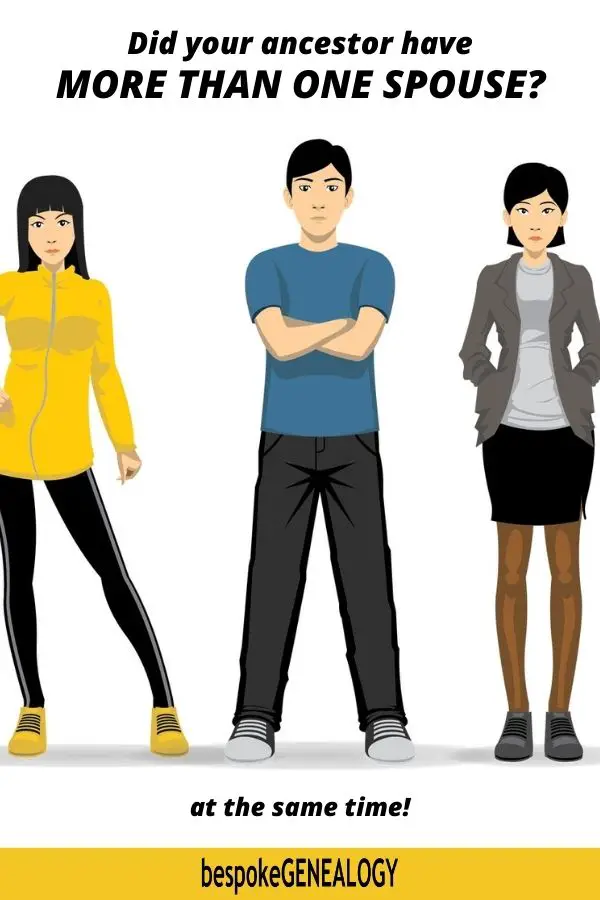
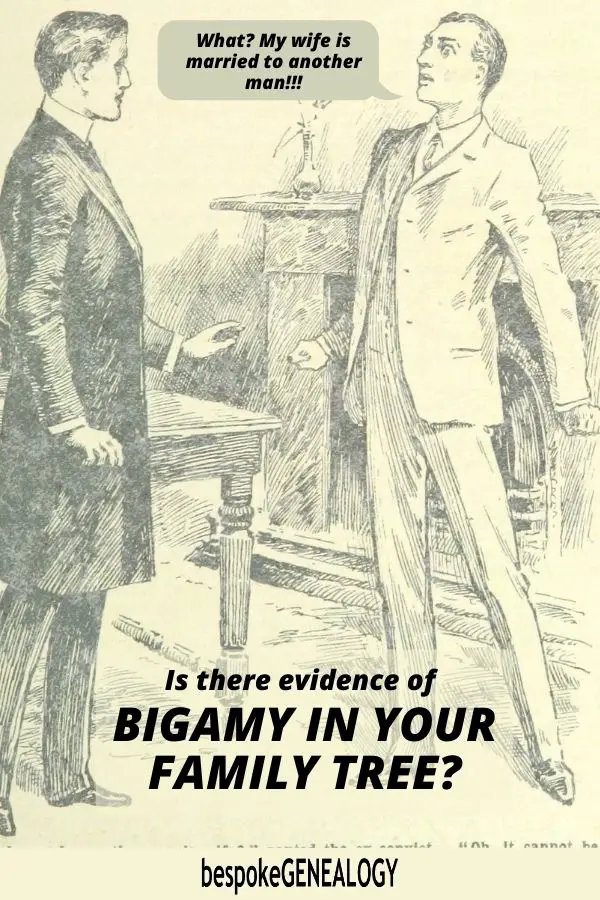
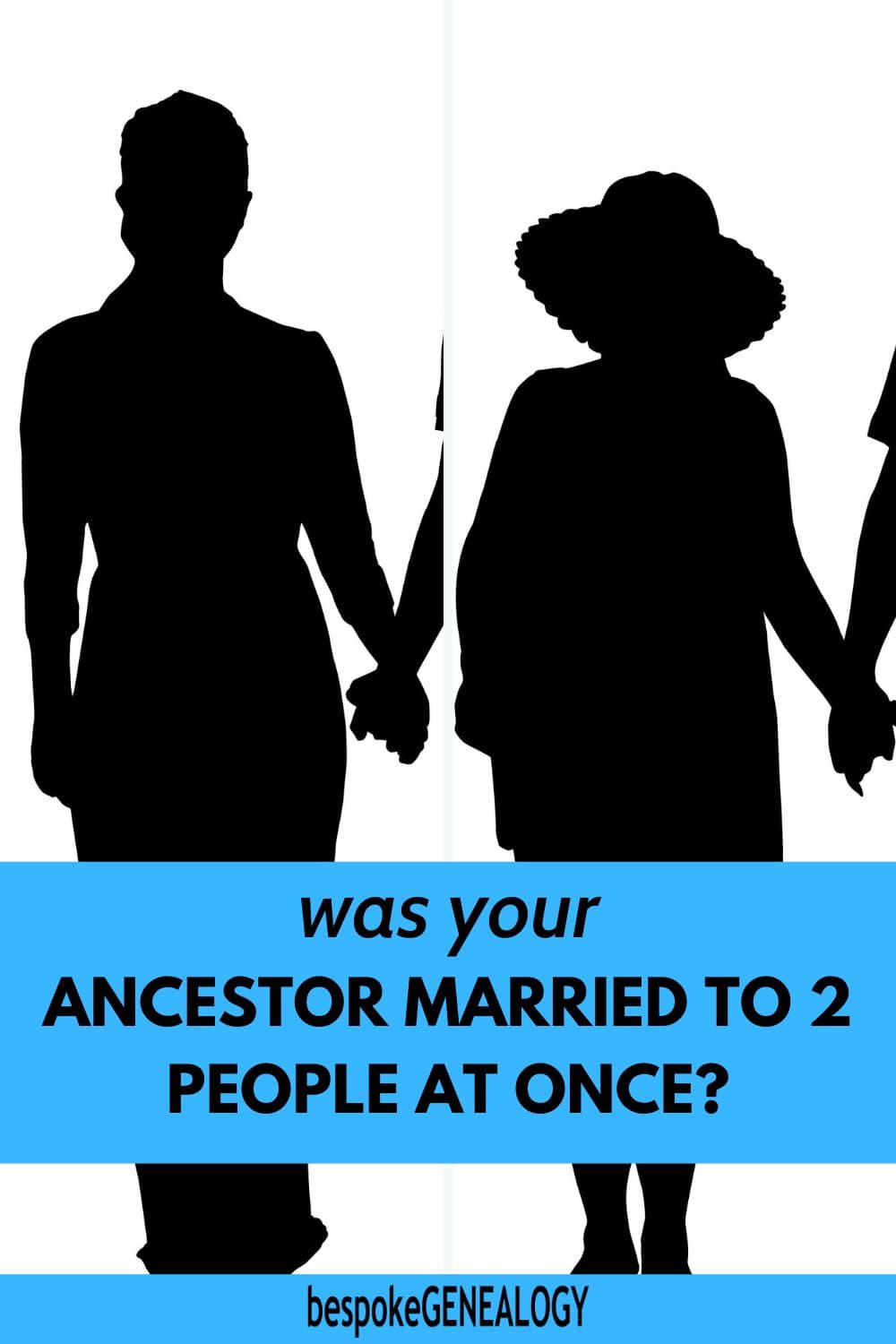
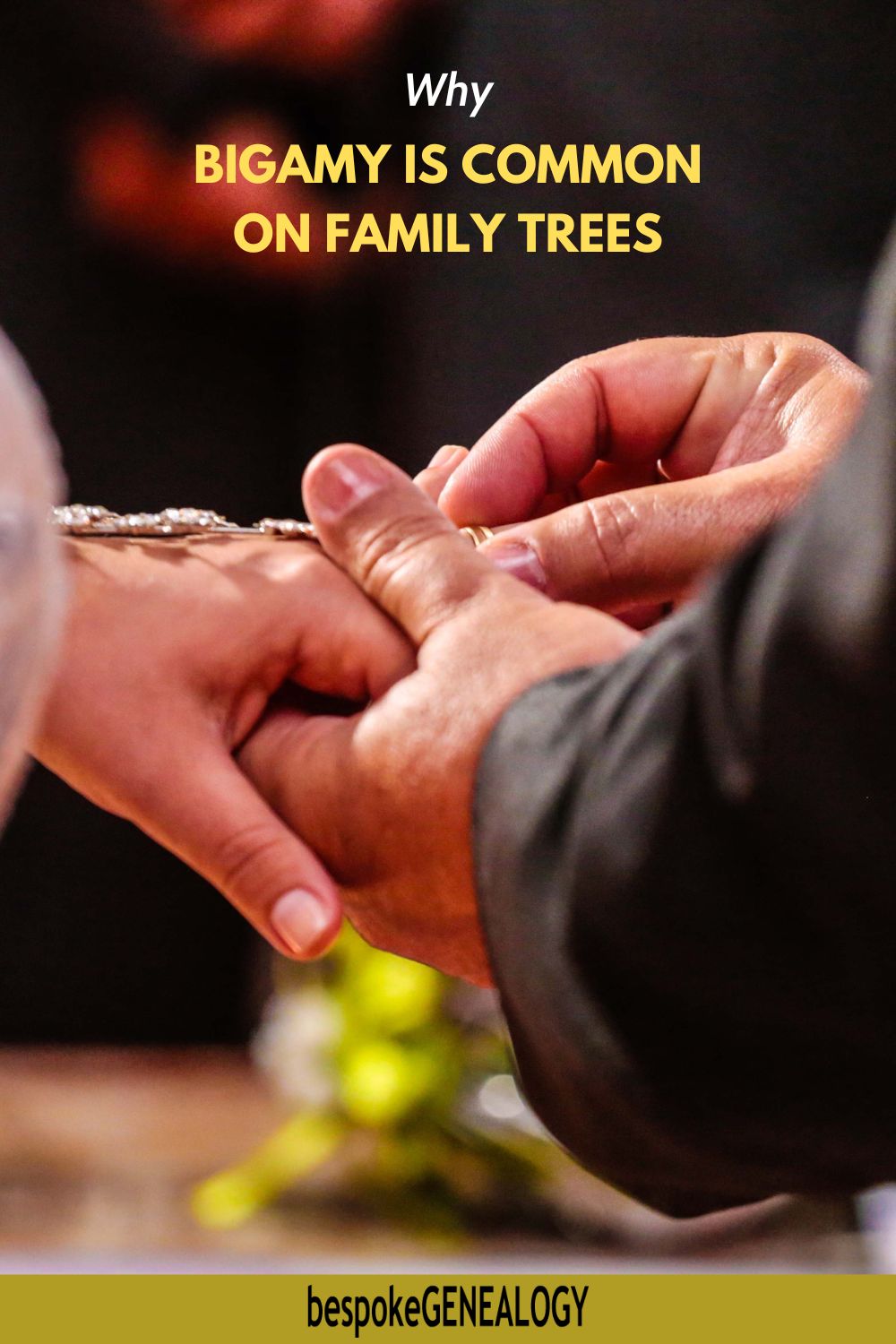


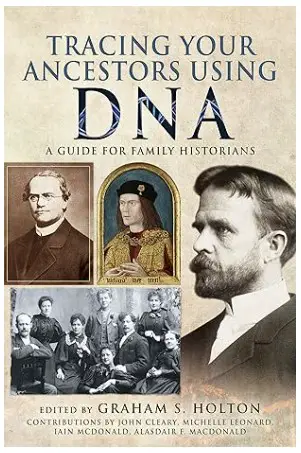
Leave A Comment